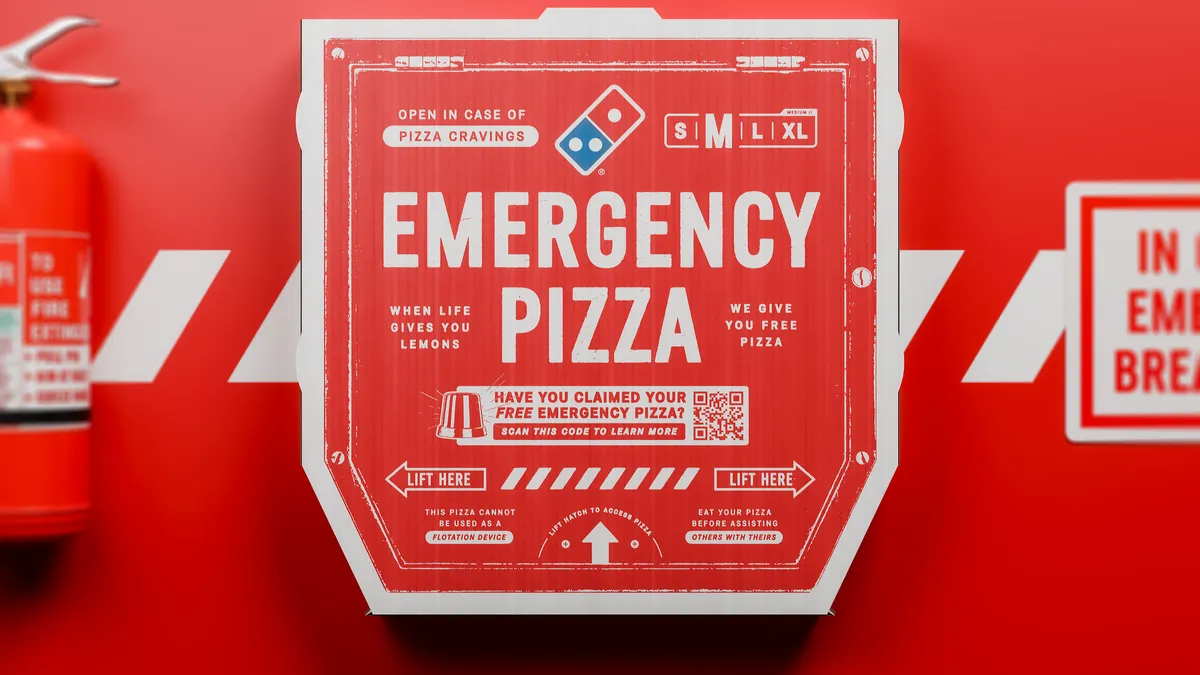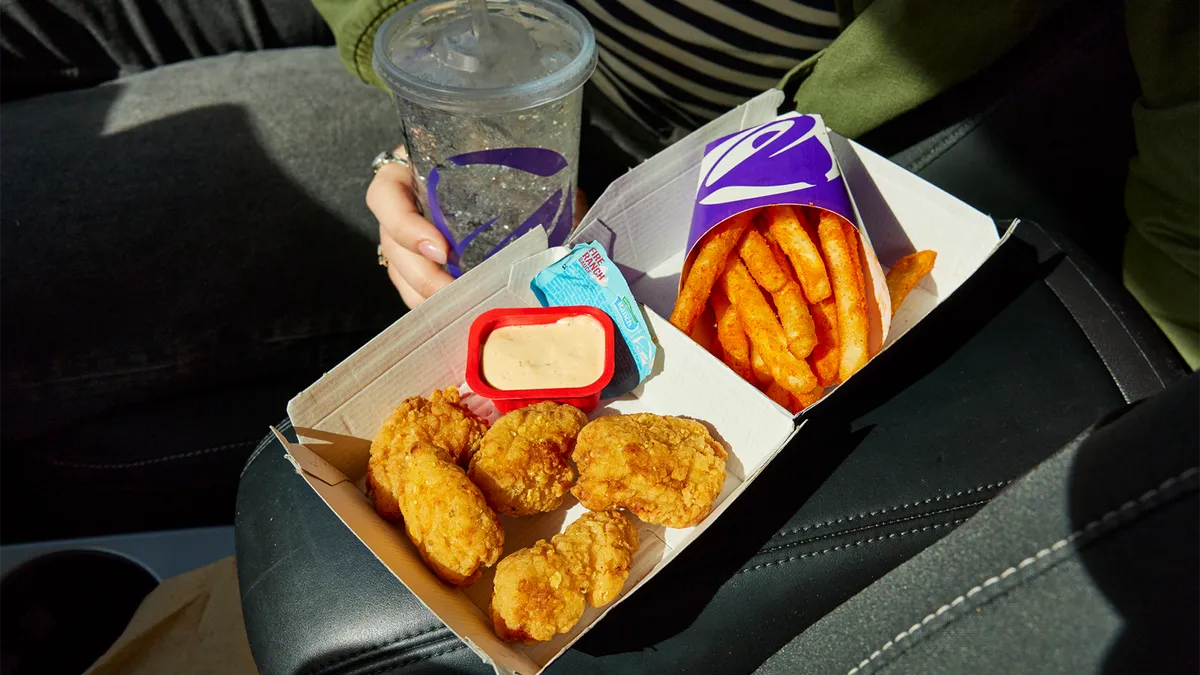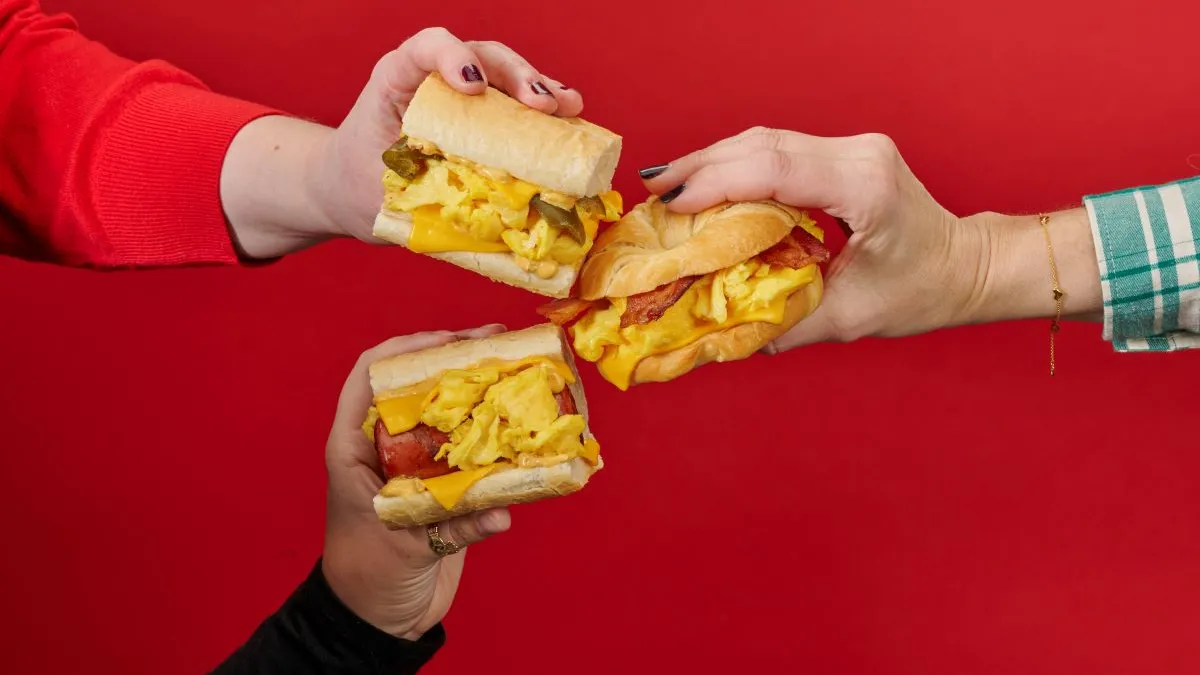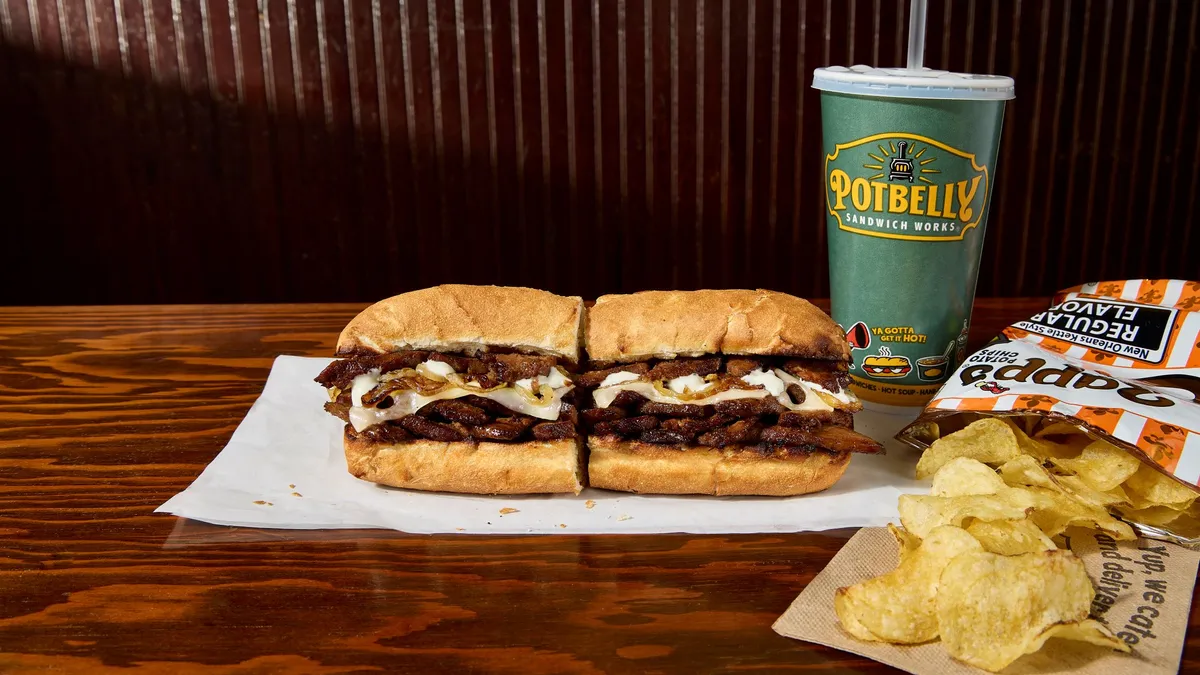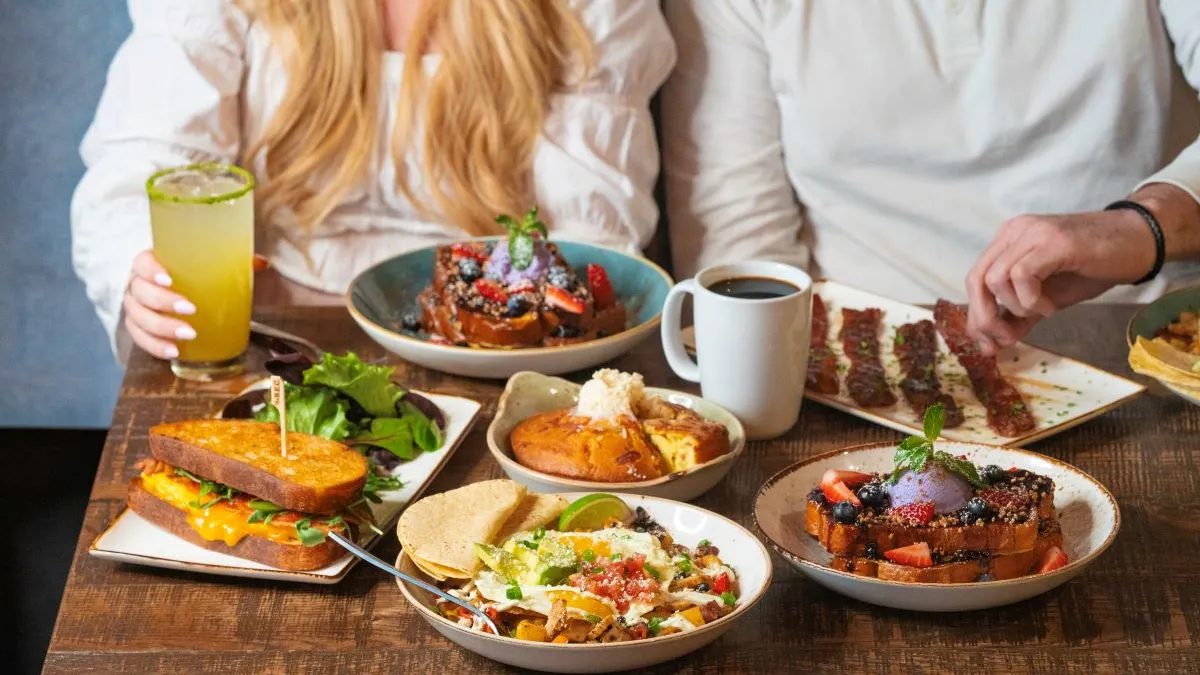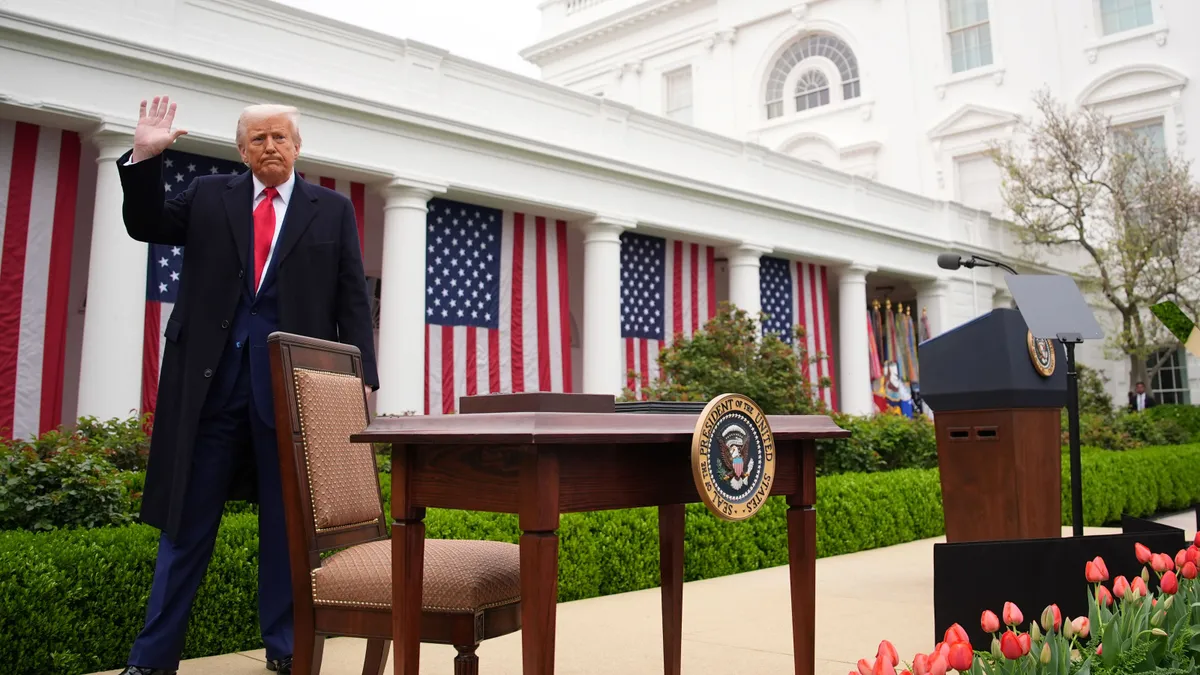Value was a big deal during the third quarter. Some QSRs that leaned heavily into value offerings made traffic and sales gains, while those that didn’t faced stiff competition and comparable sales declines.
In the QSR pizza segment, this focus on value revealed one clear winner and two losers.
Domino’s posted same-store sales gains of 3% in the U.S., while Papa Johns North America comparable sales declined 6% during the third quarter. Pizza Hut also faced a difficult third quarter with same-store sales down 1% in the U.S.
“We knew consumer spending would be pressured in 2024 and that the QSRs that offered the strongest value would win,” Domino’s CEO Russell Weiner said in October during an earnings call. “That proved to be right. … Domino's leaning into our strategic pillar of renowned value has been key to our success in 2024, especially in the U.S.”
During the third quarter, Pizza Hut started off strong in the U.S. with offers like My Hut Box and Chicago Tavern Style Pizza, which launched in July and consisted of a new type of thin crust pizza. My Hut Box allows customers to create a combo meal with an entree and side for $6.99.
These offers drove positive traffic growth for the quarter that were ahead of the QSR industry, Yum Brands CEO David Gibbs said Tuesday during an earnings call. But product news and bounce-back offers weren’t enough to stay ahead of the deep discounts offered in the overall market, he added.
To win out on value, Domino’s and Papa Johns said they will continue to enhance their value offerings and lean into improving engagement with their loyalty programs to drive traffic and sales in the highly competitive value environment.
QSR pizza chain U.S. same-store sales
Leaning into loyalty
In the quarters ahead, Papa Johns will revamp its Papa Rewards loyalty program, Papa Johns’ CEO Todd Penegor said Thursday during an earnings call.
Roughly a quarter of its active rewards members haven’t yet reached a reward because of the current points threshold. During the fourth quarter, Papa Johns will allow members to unlock rewards faster as a way to help drive transactions and frequency, he said.
Future improvements will keep the loyalty program innovative, Penegor said, adding the program needs to be flexible and easier to understand “to create strong, emotionally connected consumer engagement that seamlessly integrates with our creative paid, earned and owned messaging.”
Using data from its loyalty program, Papa Johns may also start offering customers targeted deals to help drive frequency instead of depending solely on its national promotions, Penegor said.
Domino’s has already seen the impact of its 2023 loyalty changes, which lowered the points thresholds to allow for easier redemptions. Domino’s Rewards continues to perform well, helping drive U.S. comp sales in the third quarter, Weiner said. In the first few months after the redesigned program launched, Domino’s added 2 million new members to the program.
Domino’s Rewards is helping bring in more light users and carryout customers, and overall active members grew significantly this year, which gives Domino’s more opportunities to engage with additional customers to drive traffic with targeted marketing, Weiner said.
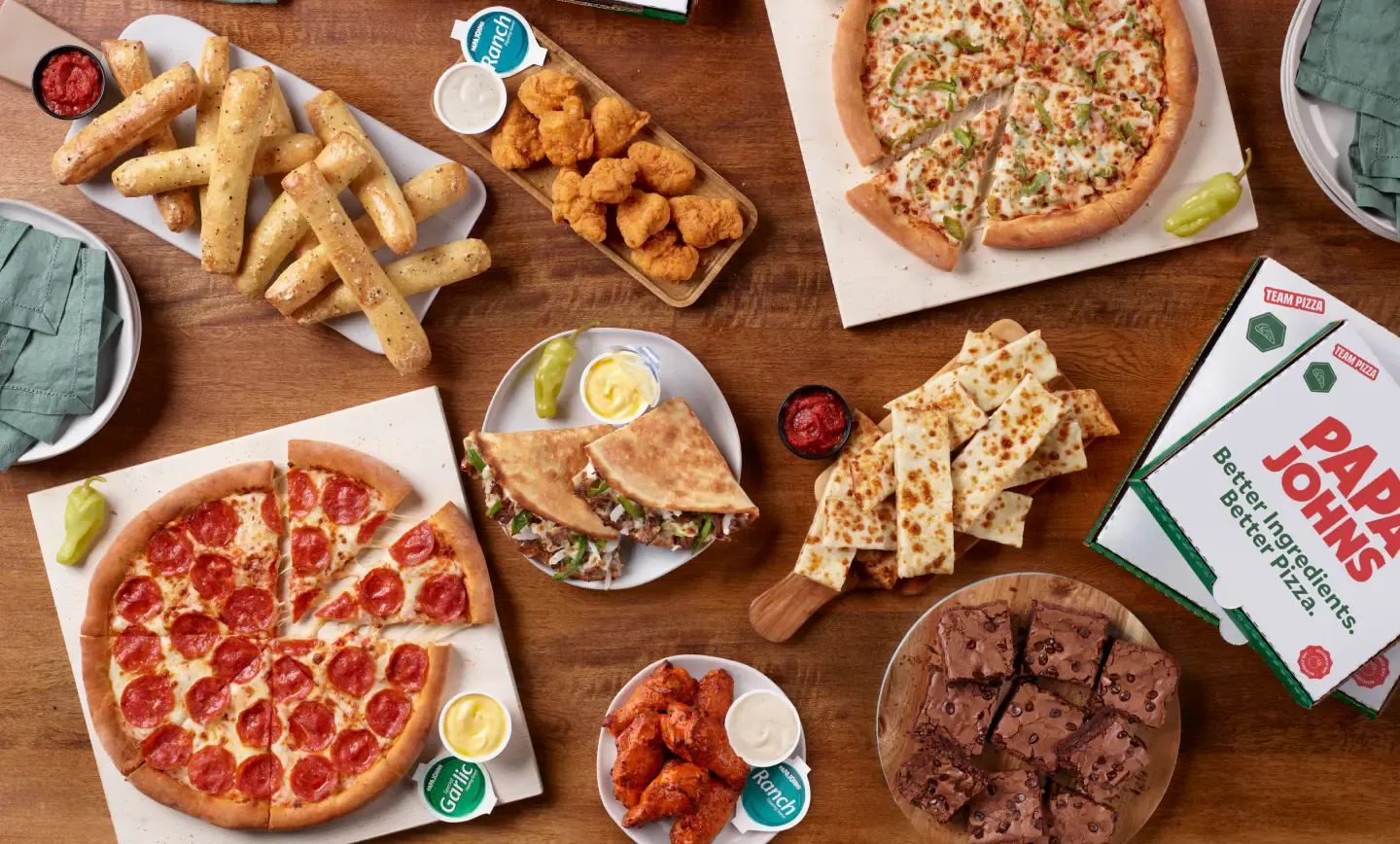
How value is evolving in the pizza segment
While loyalty programs can drive repeat customer business, a focus on value can bring new and lapsed customers in while attracting low-income consumers who are mindful of price. That has been seen across the QSR industry, and pizza chains are now following suit.
During the third quarter, Papa Johns shifted its investments toward improving its value proposition while maintaining its brand positioning, Ravi Thanawala, Papa Johns’ CFO, said.
“These efforts are having a positive impact on transactions,” Thanawala said. “We saw year-over-year momentum build throughout the third quarter in both carryout and delivery channels.”
Carryout transactions turned positive in September, a trend which continued into October.
“It will take several more quarters to further narrow our value perception gap versus others within the QSR …, but the tasks we are running within our company-owned restaurants give us confidence that we can produce incremental wins over time,” Thanawala said.
Papa Johns has been testing value offerings like $6.99 for two medium pizzas, Penegor said. It is taking lessons from adjustments to loyalty and value to incorporate them into the business going forward.
Having Papa Pairings always available has been helping, and the chain will work to refresh that offering to keep it attractive for guests, Penegor said. This menu offers $6 mix and match items.
“We still have work to do, but we're going to take those learnings, apply them, make sure that we've got a strong calendar to come out of the gate to compete early next year,” Penegor said. That also means making sure there is also a balanced innovation calendar with new items across the core, premium and value sides.
“As we focus on improving our value perception by prioritizing transactions over ticket in the near term, we expect to see gradual improvement in both value perception and sales throughout 2025,” Thanawala said.
Domino’s started September by offering a MOREflation deal, which allowed online customers who ordered two or more $6.99 medium pizzas to upgrade one of their pizzas to a large for free. It followed that offer with a 50%-off boost week.
In October Domino’s also brought back Emergency Pizza, its “biggest renowned value promotion,” Weiner said. This promotion, which helped drive loyalty signups last year, gives online customers who place a qualifying order through Jan. 19, 2025, a free pizza available for redemption from their rewards accounts.
In addition to coming up with new promotional offers, Domino’s also has a lot of past successful promotions at its disposal. It could even bring back Carryout Tips if it wanted to add to that mix. That promotion, which offers $3 for carryout customers to use toward their next order, debuted in 2022.
“If you're going to have to lean into value, you want to have the biggest voice, you want to have the best food basket, and you want to have economics that are sustainable through these times, and I think we've got that,” Weiner said.



